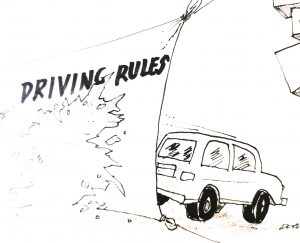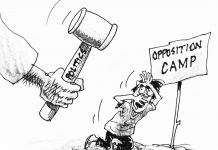The ever-increasing influx of vehicles on the roads calls for drivers to be constantly aware of and adaptive to changing traffic dynamics. However, a significant number of drivers appear to lack sufficient knowledge of and adherence to driving rules. In light of this, it becomes imperative for drivers to undergo a comprehensive reorientation with driving rules to ensure the safety, efficiency, and sustainability of our roadways.
The primary and most compelling rationale for reorienting drivers with driving rules is to enhance safety on the roads. Accidents and collisions not only result in injury, loss of life, and property damage, but also impose significant financial burdens on individuals, families, and societies at large. An alarming number of drivers seem to overlook the basic principles of safe driving, such as maintaining appropriate following distances, signaling lane changes, and obeying speed limits. By reintroducing these fundamental rules and ensuring a thorough understanding, drivers can contribute to a safer driving environment for all.
Reorienting drivers with driving rules can also greatly contribute to the optimization of traffic flow. Many drivers neglect the importance of merging smoothly, observing right-of-way, and yielding when necessary. Such reckless behavior often leads to bottlenecks, congestion, and unnecessary delays, as well as increased frustration and road rage. Gradually introducing and reinforcing these rules can improve the overall efficiency of transportation networks, reducing travel times and enhancing productivity and quality of life for drivers and passengers alike.
In an era of increasing environmental awareness, reorienting drivers with driving rules can play a pivotal role in promoting sustainable transportation. By educating drivers about fuel-efficient practices, such as reducing unnecessary idling, maintaining optimal tire pressure, and utilizing alternate modes of transportation, we can work towards mitigating the carbon footprint associated with vehicular emissions. Reinforcing the significance of carpooling, using public transit, and embracing biking and walking can lead to a reduced reliance on private vehicles, further fostering a greener and more sustainable future.
As drivers, it is our responsibility to adapt and adhere to driving rules, considering the immense impact our actions have on others and the environment. It is essential that governments, educational institutions, and advocacy organizations collaborate to implement innovative programs that equip drivers with the necessary skills and knowledge to navigate the evolving transportation landscape effectively. By doing so, we can create a harmonious and secure driving environment that benefits individuals, communities, and our planet as a whole.




